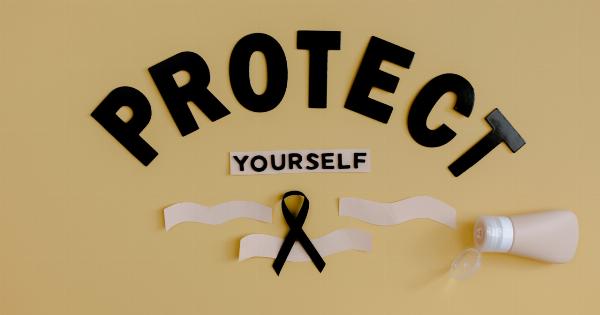Venous failure is a condition that occurs when the veins in the body are not functioning properly, leading to a variety of uncomfortable symptoms and potentially serious health consequences.
This article will explore the underlying causes of venous failure, as well as the various treatment options available for managing this condition.
What is Venous Failure?
Veins are the blood vessels that carry blood back to the heart from the body’s tissues. When the veins are not working effectively, they may become enlarged, twisted, or damaged, leading to a range of symptoms and potential health problems.
Venous failure may occur as a result of damage to the veins themselves, or as a result of underlying health conditions.
Causes of Venous Failure
There are a number of factors that may contribute to the development of venous failure. These include:.
- Age: As we get older, the walls of our veins may become weaker and less flexible, making it more difficult for blood to flow effectively.
- Obesity: Excess weight places added pressure on the veins, which can make it harder for blood to circulate properly.
- Pregnancy: During pregnancy, the body produces more blood to support the growing fetus, which can put added strain on the veins. Additionally, hormonal changes during pregnancy can weaken the walls of the veins, making them more susceptible to damage.
- Sedentary lifestyle: Lack of physical activity can contribute to the development of venous failure, as exercise helps to promote healthy blood flow.
- Injury or trauma to the veins: Damage to the veins as a result of injury or trauma can disrupt healthy blood flow and contribute to the development of venous failure.
- Family history of venous failure: Some people may have a genetic predisposition to developing venous failure.
Symptoms of Venous Failure
There are a variety of symptoms that may be associated with venous failure. These can include:.
- Swollen or painful legs or ankles
- A feeling of heaviness in the legs
- Varicose veins or spider veins
- Changes in skin color or texture around the affected veins
- Leg ulcers or sores
If you are experiencing any of these symptoms, it is important to speak with your healthcare provider to determine the underlying cause and develop an appropriate treatment plan.
Diagnosis of Venous Failure
To diagnose venous failure, your healthcare provider may perform a physical exam and ask about your symptoms. They may also order imaging tests, such as an ultrasound, to evaluate the flow of blood in your veins.
Treatments for Venous Failure
There are a variety of treatment options available for managing venous failure, depending on the severity of the condition and the underlying causes. These can include:.
- Compression stockings: Wearing compression stockings can help to improve blood flow and reduce swelling by applying pressure to the legs.
- Lifestyle changes: Making changes to your diet and exercise habits can help to reduce your risk of developing venous failure, as well as manage symptoms if you already have the condition.
- Medications: Your healthcare provider may prescribe medications to help improve blood flow or prevent blood clots.
- Surgical procedures: In some cases, surgery may be necessary to remove damaged veins or repair valves in the veins.
Prevention of Venous Failure
There are a number of steps you can take to reduce your risk of developing venous failure. These can include:.
- Staying active: Regular exercise can help to improve blood flow and reduce your risk of developing venous failure.
- Maintaining a healthy weight: Being overweight or obese can place added strain on your veins, so it is important to maintain a healthy weight.
- Elevating your legs: Elevating your legs above your heart for 15-20 minutes several times a day can help to reduce swelling and improve blood flow.
- Avoiding prolonged periods of sitting or standing: If you have a job that requires prolonged sitting or standing, take breaks throughout the day to stretch and move around.
- Wearing compression stockings: If you are at a higher risk of developing venous failure, your healthcare provider may recommend that you wear compression stockings to promote healthy blood flow.
Conclusion
Venous failure can be a painful and uncomfortable condition, but it is also highly treatable.
By understanding the underlying causes and risk factors, as well as the various treatment options available, you can take steps to manage your symptoms and reduce your risk of developing this condition in the first place.






























